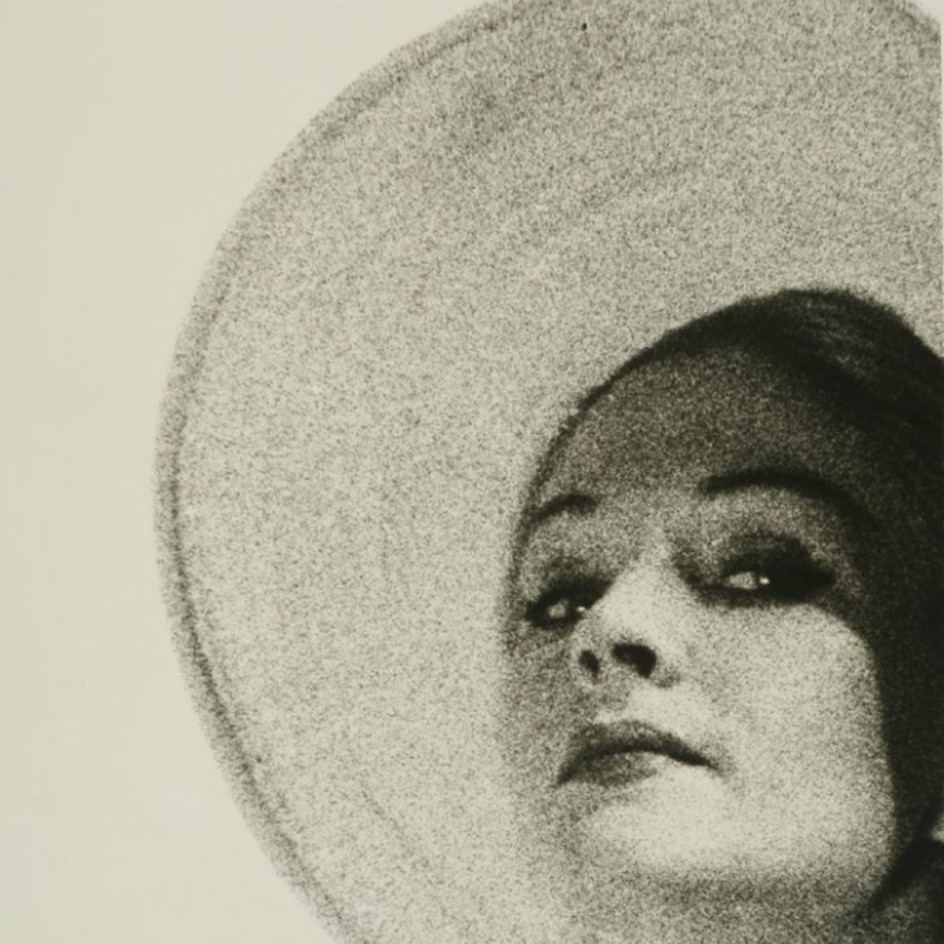Erwin BLUMENFELD
Summary
Erwin Blumenfeld was constantly within the avant-gardes of Berlin, Amsterdam, Paris and New York, in a career spanning six decades and a multiplicity of artistic personas including the youthful anarchistic Dada collagist, the technologically innovative fine art photographer, and the successful and influential fashion photographer.
It was in his mid thirties that Blumenfeld became a photographer, partly through accident and partly through economic circumstances. From 1923 to 1935 he owned a leather goods shop in Amsterdam, from which he sold women’s handbags and whose windows he decorated his photographs. In 1932 he moved the shop to a new location where he discovered a fully equipped darkroom. This became his first studio. After Adolf Hitler’s rise to power in 1933, deliveries of leather goods to Germany ceased so Blumenfeld decided to persuade his female clients to let him photograph them. He submitted these works to Ullstein, the publishing house, whose blunt rejection merely served to strengthen his resolve: “That death sentence left me cold. I knew I was a photographer.” Two exhibitions in Amsterdam, and later the appearance of his pictures in Photographie, the annual supplement of the Parisian journal Arts et métiers graphiques, confirmed his decision. By 1938, with the publication of several photographs in the quarterly magazine Verve (alongside those of Man Ray, Brassaï, Raoul Ubac) and his first work for French Vogue, his reputation was assured. In 1939 Blumenfeld’s photo of Lisa Fonssagrives standing on the top of the Eiffel Tower fanning out her dress was selected as the principal image for the May issue devoted to the fiftieth anniversary of the tower.
Blumenfeld borrowed the element of surprise from his Dadaist experiments of the 1920s and 1930s, and translated it into his pictures of dresses, hats, and fashion accessories. In his photographs his raised the question of whether one can show a fashionable object with documenting it. His photography is characterized by the use of a large variety of darkroom techniques: print solarization, superimposed images, negative–positive combinations, as well as the crystallization of the negative, dried through refrigeration.
The immediate effect of the above techniques is defamiliarization, the creation of a distanced world. The woman’s body, Blumenfeld’s ultimate object of desire and fantasy, is given over to the powers of his imagination. The body can appear fragmented (legs without a torso, or a torso without a head), or it can become diaphanous through the process of solarization, which underlines contours while subtracting the flesh. For example, in his famous “Doe Eye” photograph (published on the cover of the January 1950 Vogue), Blumenfeld erased all facets of model Jean Patchett’s face, leaving only the most minimal details: an eye, the mouth, and a beauty spot. By playing with light, color juxtapositions and superimpositions of different forms in the manner of the Cubists, Blumenfeld deconstructed the body’s surface textures, diffracting the body and rendering it unreal.
In the 1950s Blumenfeld did a significant amount of work for Dayton’s department stor in Minneapolis, specifically for The Oval Room, their designer boutique. Blumenfeld was given complete artistic freedom for these projects, and could choose themes, clothes, models and decors, and even determine the layout of the image on the page. Blumenfeld took full advantage of the opportunity, working with contrasts, textures and his motif of doubling and splitting images as seen in the many Dayton ad photographs in this exhibition.
During his career as a fashion photographer Blumenfeld’s photographs were published on over 100 cover of the American and European versions of Vogue, Harper’s Bazaar, Look, and Cosmopolitan, among others.
Today his works have been exhibited, and are in the collections of, museums world wide.
Press
Erwin BLUMENFELD
Vogue Photographer Erwin Blumenfeld: Secrets of a Fashion Legend
[original link]
2014-09-16
Erwin BLUMENFELD
Erwin Blumenfeld's Studio
[original link]
2014-09-16
Erwin BLUMENFELD
Erwin Blumenfeld on view at Jeu de Paume
2013-10-17
Erwin BLUMENFELD
Blumenfeld in Artforum
2011-02-17
Erwin BLUMENFELD
Blumenfeld - beauty and mystery: San Francisco Chronicle
[original sfgate.com link]
2006-04-21







